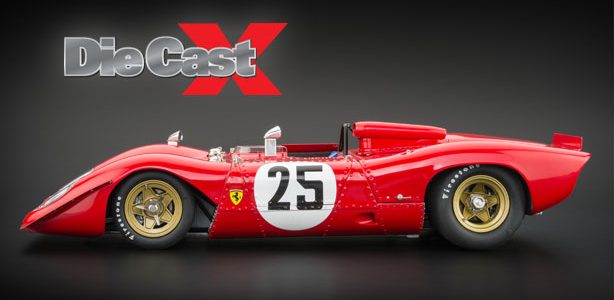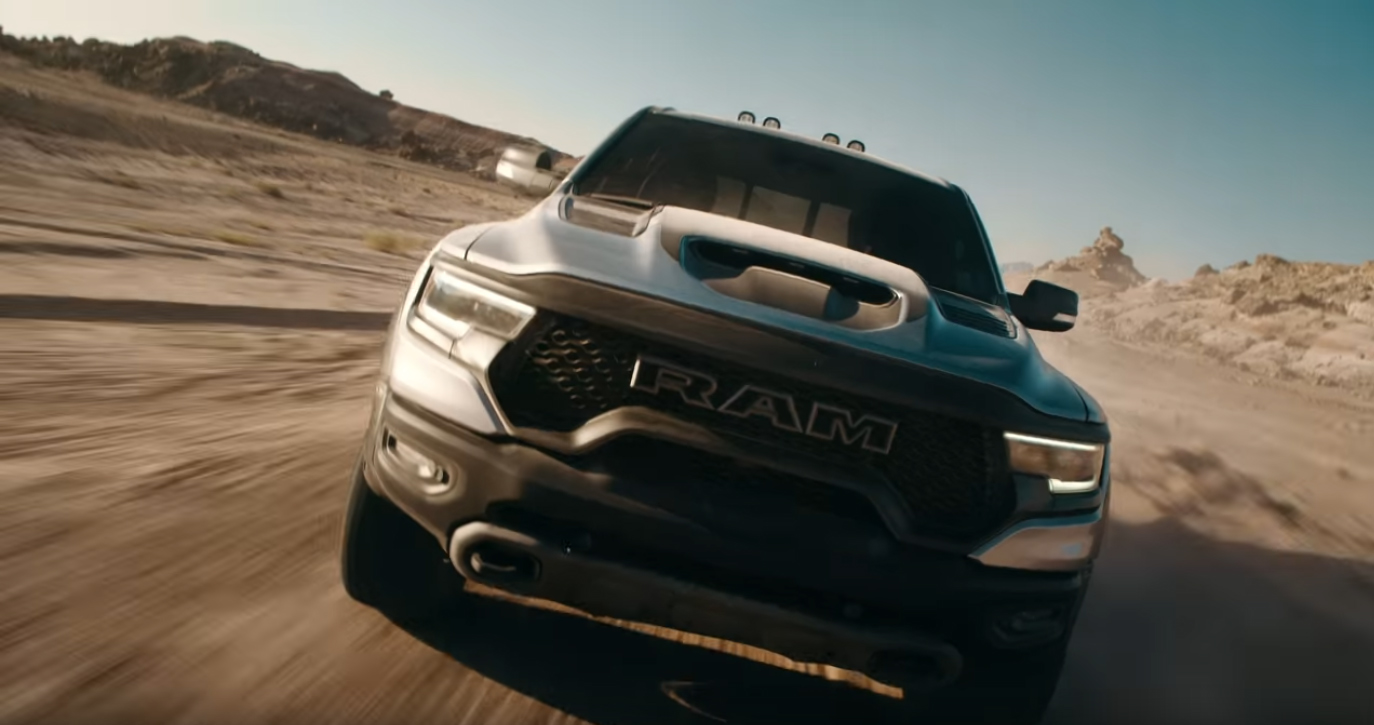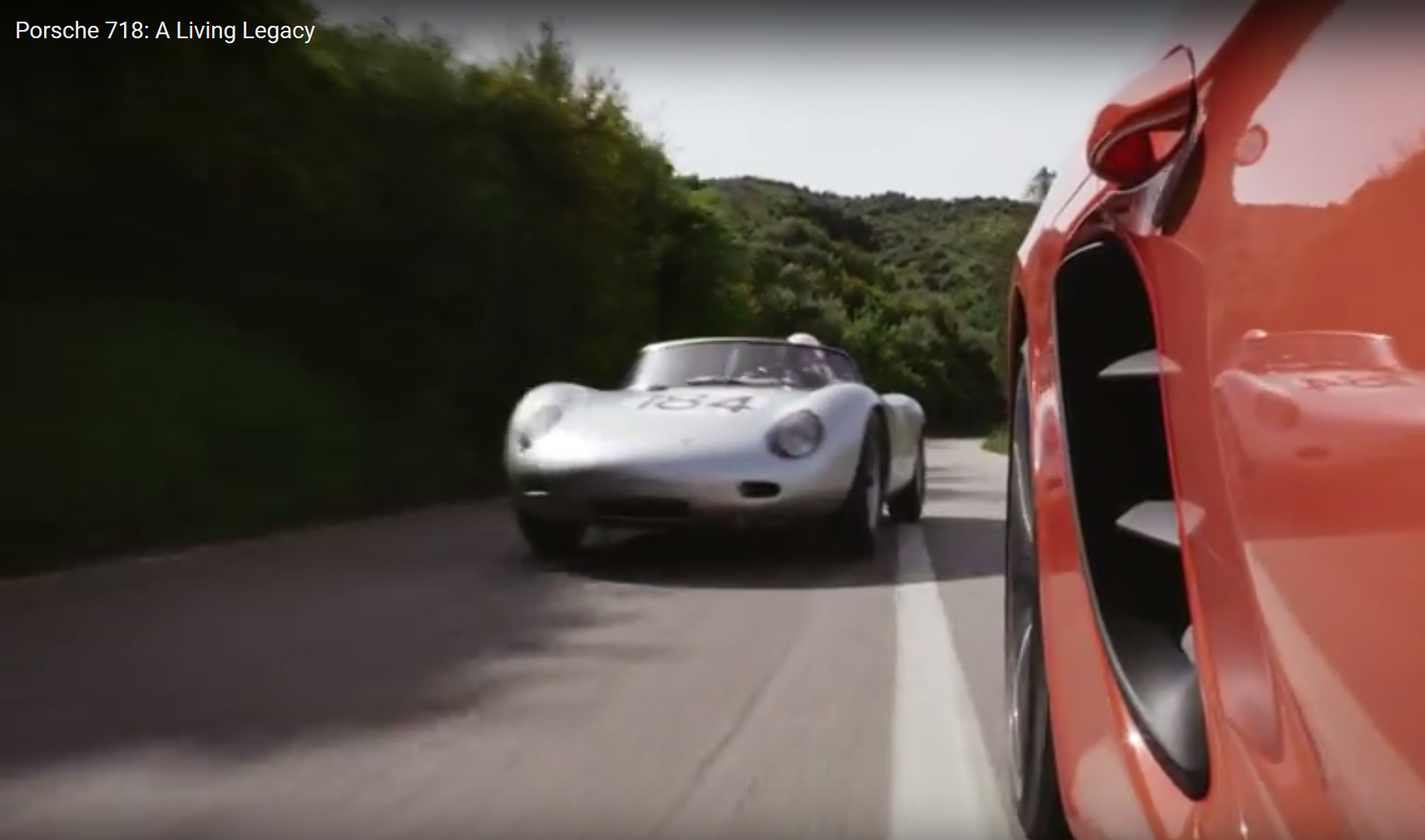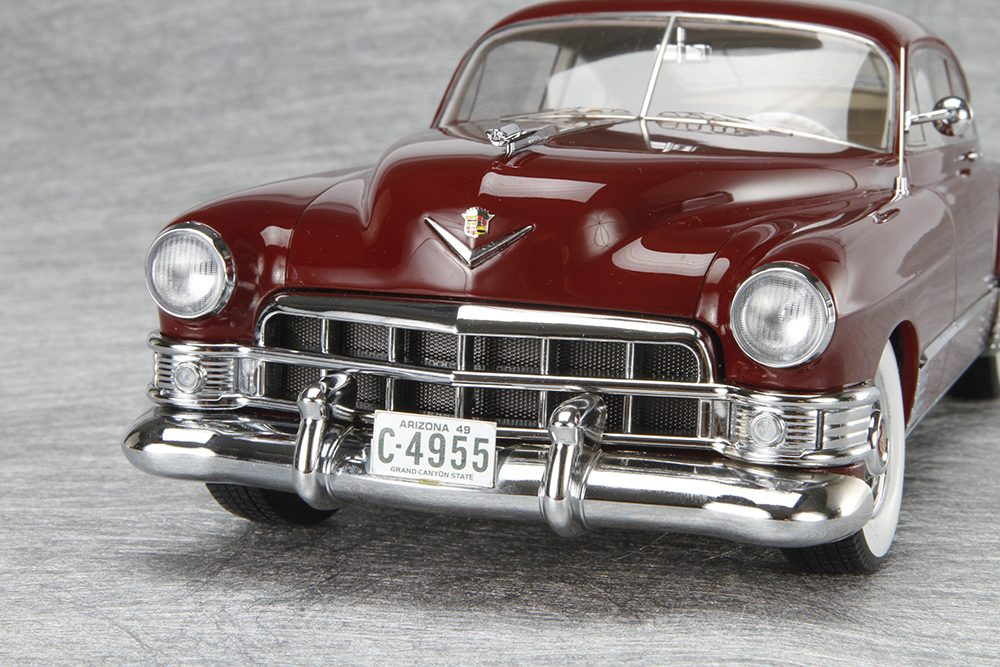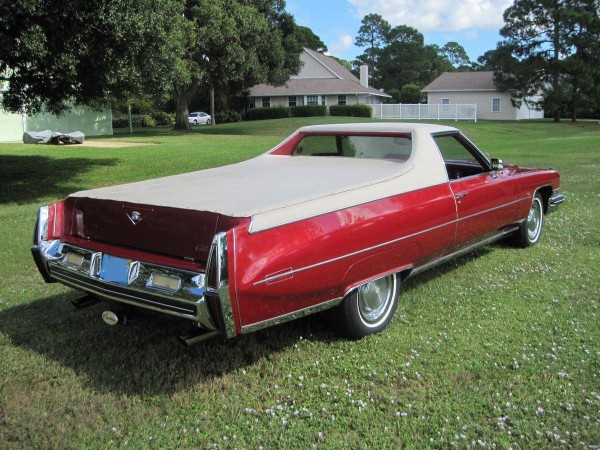BY ALAN PARADISE | PHOTOS BY ALAN PARADISE & COURTESY OF FORD MOTOR COMPANY
Fords of the 30’s
 |
Turn the ignition key in any modern car, from the most refined luxury sedan to the burliest truck, and youll notice one common sound: the smooth, steady hum of the engine. Modern, state-of-the-art computer controls carefully monitor nearly every function from fuel induction and ignition timing to suspension ride height and tire pressure. The benefits of all this newfangled technology make for are carefree driving, as well as added comfort and improved performance. Its why a new Honda S2000 can travel from 0 to 60 faster than a famed 1969 Ford Boss 302 Mustang and do so with EPA fuel consumption estimates of 26 highway miles per gallon.
While modern cars offer unsurpassed gadgetry, a growing number of enthusiasts argue that the latest and greatest lack something very special thats found in abundance in the aging metal and ancient machinery of classic carssoul.
In past issues of DieCast X, we have explored the indefinable qualities of automotive soul. Road tests of the storied Hemi Cuda and remarkable Z28 Camaro demonstrated a contemporary appreciation of the special allure of muscle cars and the unique bond between car and driver because of the rudimentary nature of the technology. Its a basic visceral senseone that relies on the drivers skill, reflexes and ability to control power, weight and available traction and on his knowledge of how much pavement he needs to slow down a 400 horsepower car using 10-inch drum brakes. This Road Test turns the clock back 77 years with a Sunday drive in the best Blue Ovals of the 1930s.
|
Its hard to imagine the excitement our parents or grandparents must have felt when they climbed into a Model A Ford. Automobile ownership was coming of age when the Great Depression struck. Although Ford led by selling more than 15 million Model Ts in the 1920s and the auto industry boomed. It crashed with the Wall Street crash of 1929.
Most U.S. families could barely afford to survive, and many sold everything they ownedexcept their cars. The Model A was at the heart of Americas auto scene. In production from 1928 through 1932, the Model A allowed ordinary people mobility. Its lengthy popularity is a testimony to its performance, price and psychological significance to those who owned it.
At first glance, 1929 and 1930 Model A Fords look alike, but there are a number of differences between the two. The 30 models fenders had a more progressive sweep, and the cowl stanchions have been eliminated. The wheel diameter was reduced to 19 inches and the size of the tire was increased. Ford sold nearly 2 million Model A sedans, roadsters and coupes in 29. In 1929, the 1930 model was rolling off the production line when the stock market crashed in October. Had this happened earlier in the year, Henry Ford probably wouldnt have altered the A, and because times were hard, the company took a slight financial hit with the 30 Model A and sold only close to 1.2 millionconsiderably fewer than had been anticipated. This led to fewer styling updates in 1931, and major changes were left for 32.
Getting behind a Model As large four-spoke steering wheel really plays to the emotional senses. The interior is basicbusinesslike even. It seems tight, but the 30 has more foot and hip room than the 29. The central instrument panel provides very little information. The Fordor (four-door sedan), in Deluxe trim, featured luxuries such as carpeting and cowl lighting. Turning the key produces a strained noise as the 200-cubic-inch, inline four-cylinder engine tries to start. Then the 40hp horsepower wonder comes to life and establishes its own rhythm. When the cylinders have warmed up, relieve the choke and carefully slip the transmission into gear using the rather long, floor-mounted shifter. At first, Im apprehensive: after all, this car is 77 years old and must be somewhat frail. Within a few miles, having gained a feel for its acceleration, braking and handling my confidence in the cars reputation for unfailing durability grows. Its no wonder that these cars were used by so many for so long to cross the Dust Bowl and navigate cruel mountain passes. This primitive Model A quickly becomes as comfortable as a meeting with an old friend and performs flawlessly.
1932 was a landmark year for Fordnot in sales, but in engine performance. The new Flathead V-8 delivered 65 horsepowerperhaps not much by todays standards, but at the time, the light Fords acceleration was astounding. Soon, racers won with this single cast-block V-8 up front. Crazy kids in California were soon busy inventing new ways to push the engines limit, often squeezing as much as 250hp out of it with specially machined parts. This soon grew into a small industry they called the aftermarket, and with it came the hot rod lifestyle.
The 65-horsepower Ford engine was the performance foundation of the companys cars for the following 20 years, but 1932 was bad for Ford, which sold only 256,080 Fordssurprisingly few of this now legendary car. Ford lost 75 million dollars that year.



